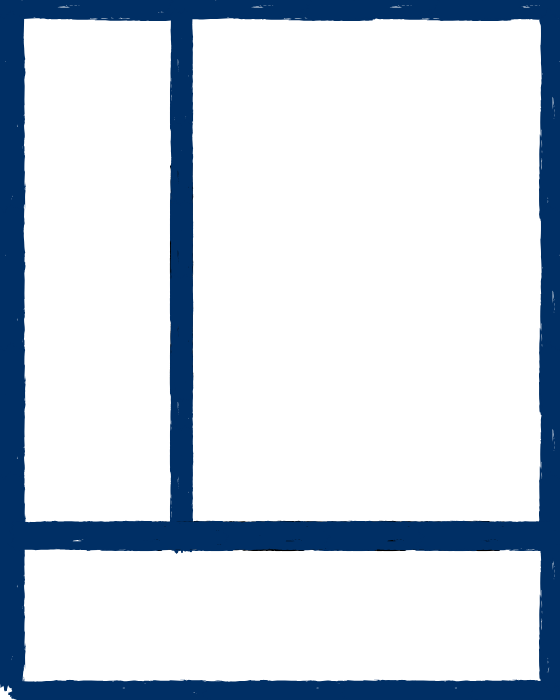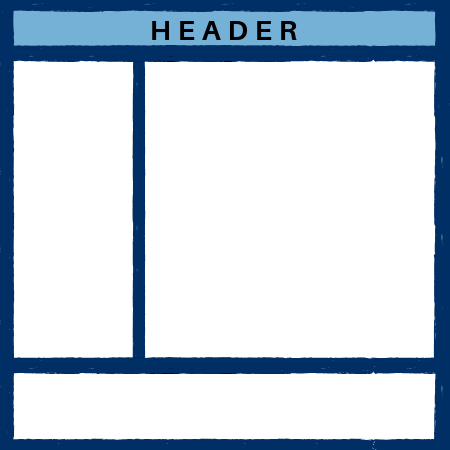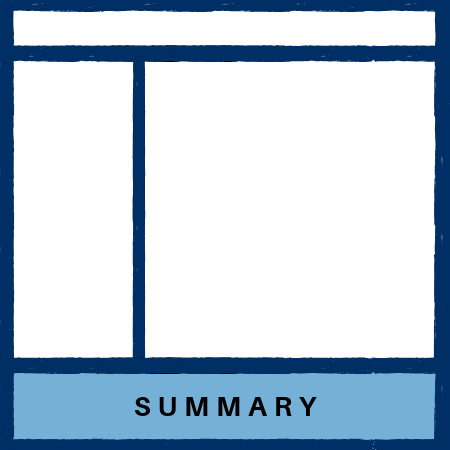Mastering the Cornell method can also help you develop more effective study habits and improve your performance on exams as a result.
Taking notes is critical to your academic success, but many students do not know how to take notes effectively.
One common note-taking mistake is to try to transcribe every detail from a class lecture. This strategy actually makes it difficult for students to absorb information because they’re writing everything down, no matter what.
There are strategies you can use to improve your note-taking skills. The Cornell method, for example, promotes active listening and has been shown to be more effective in helping students retain information. Mastering the Cornell method can also help you develop more effective study habits and improve your performance on exams as a result.
Why should I use the Cornell method?
The Cornell method forces you to think critically about the key concepts from each lesson and to explain those items in detail, making it more likely that you will remember them later. Additionally, because you are not trying to capture your professor’s every word, you have more time to be part of class discussions, which can also hold important lessons and takeaways.
One advantage of the Cornell method is that your notes are already organized in a logical, easy-to-read layout. This makes it easy to find your notes from specific lectures, as well as remember the key points discussed in each class.
Cornell University suggests covering the right column, which will contain definitions and detailed notes, with a piece of paper. Then, see if you can define or explain the keywords and ideas in the right column without peeking at the left. This strategy will help you quickly identify which topics or concepts you need to spend time reviewing.
The Cornell method can be useful for students who are new to handwriting their notes, or for students who want to improve their note-taking skills. Using the Cornell method will not only help you practice your active listening skills and absorb more information, but it can also help you prepare more effectively for your exams.
Here’s how the Cornell method works:
Step 1: Set up your worksheet
The Cornell note-taking method follows a specific layout. You will divide your page into four different sections: two columns, a space at the bottom of the page and a smaller space at the top of the page. The right column should have significantly more space than the left column.

Step 2: Create a header for your notes
Your header will go in the space at the top of your page. Include the date, the course name and the title of the lesson in your header. Labeling your notes this way will make it easier for you to find specific information later when you are studying for the exam.

Step 3: Taking notes
You will use the two columns in the middle of your page to organize your notes during class. The left column is where you’ll jot down keywords and main ideas. The right column – or the “note-taking column" – is where you’ll define or explain the words and ideas in the left column.
For example, if you’re in a nursing class and you are learning about the cardiovascular system, you might write down each of the key parts (arteries, veins, capillaries, heart) in the left column and their specific functions in the right column.

Step 4: Summary
After class, use the space at the bottom of the page to write down key concepts or “big ideas” from the lesson. This step requires you to reflect on the information you received and to identify what is most important. These are the concepts that are most likely to reappear on quizzes and exams in the future. You can also list any questions you still have about the lesson so that you can remember to bring them up in the next class.











